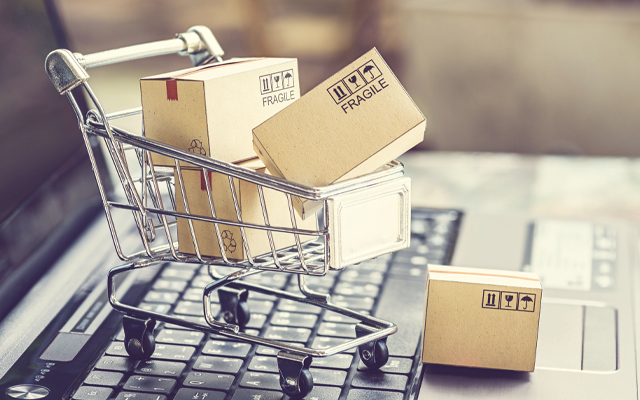
Amazon and other popular drop-shipping services have been gaining in popularity as consumers and businesses begin to realise the benefits and convenience. But what new and emerging methods are there to reduce waste from delivery services?
With drop-shipping, e-commerce retailers, such as eBay and OutdoorLights utilise supplier and third-party inventory to directly fulfil orders, which increases the overall range of products they are able to offer to customers.
When a customer purchases items from a retailer, the retailer has the suppliers or third-party vendors fulfil the order, and the products are drop shipped directly to the customer, never having been handled or even seen by the retailer selling the product.
This allows e-commerce businesses to be setup with far less risk and initial investment. The advent of widespread of drop-shipping, coupled with the ongoing increase in environmental awareness from both businesses and customers, has led to new innovations and processes to reduce and streamline waste from deliveries.
Pictured above is a real (although extreme) example of excess waste produced from a delivery made by one of the UK’s largest online retailers – and an excellent example of how one poorly-packaged item can be spread widely across social media. YouTube Analytics1 demonstrates that even watching others unbox items has become an increasingly popular form of media, with a large year-on-year increases in views. With this increased scrutiny in mind, companies have been taking the initiative to utilise the latest technologies available to reduce waste and increase delivery efficiency.
One alternative method to avoid inefficiently packaged deliveries is using air pillows as a void fill solution. Inflatable, flexible and reusable, air pillows allow product separation, bracing and lightweight cushioning – all whilst saving non-biodegradable material waste from other methods of void fill packaging. The flexibility of the pillows allows the creation of bespoke shapes for any light items and can also be used to return deliveries if required. Air pillows can be created en-masse using machinery.
Companies involved in the manufacture of food and drink must consider many of the same challenges surrounding packaging and delivery, with the addendum of ensuring the product stays fresh and intact upon reaching the customer. One very interesting option to reduce packaging waste for food and drink products has been created by Skipping Rocks Lab. Their product, Ooho!, is water contained within an edible membrane created entirely from plants and seaweed. Cheaper than plastic and maintaining freshness for a few days, the membrane will biodegrade in 4 – 6 weeks. Skipping Rocks are working on their first round of funding and have pledged to tackle and solve more packaging issues upon creation of their manufacturing machine.
The effort to reduce waste and increase efficiency is not solely centred on materials, the direct environmental impact and the cost of consumables are important factors for all organisations.
For drop-shipping companies in particular, they must look holistically at their entire supply chain process, including the logistical challenges present when planning delivery routes in order to reduce delivery times and costs. This includes the consumption of man-hours (leading to a less efficient service), and fuel – costly in both the financial and environmental senses.
One example is UPS, one of the world’s largest package delivery company, has invested in “ORION” an On-Road Integrated Optimization and Navigation2 system, in an attempt to solve the logistical issues that stem from planning delivery routes.